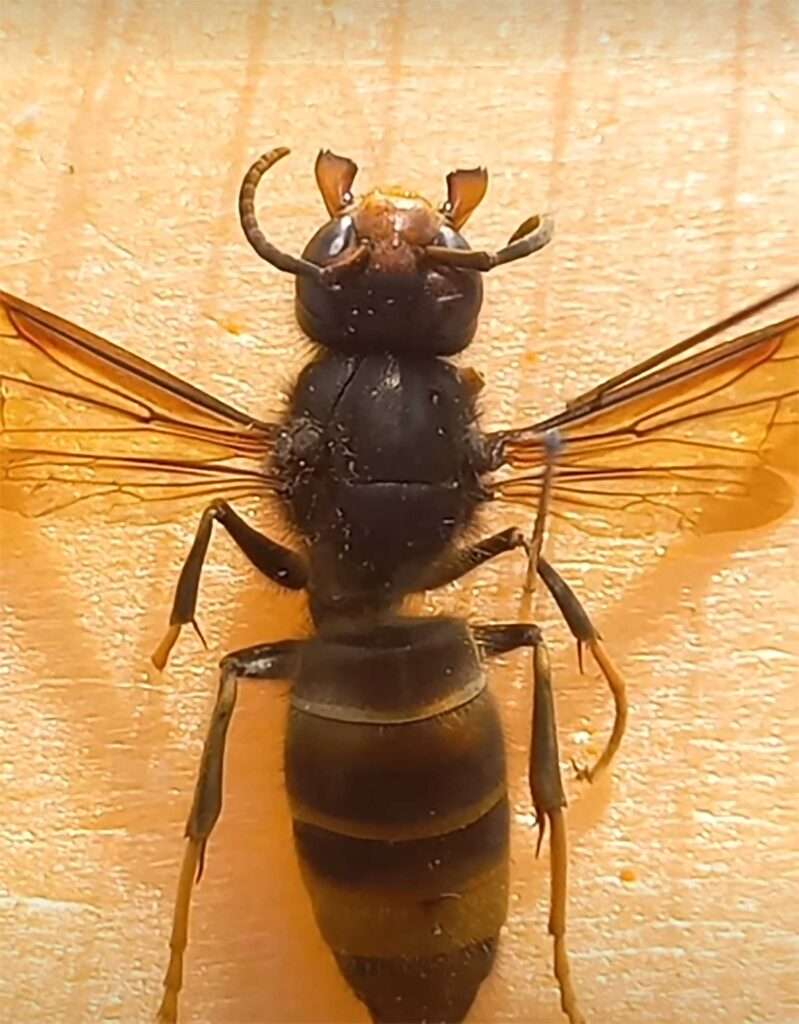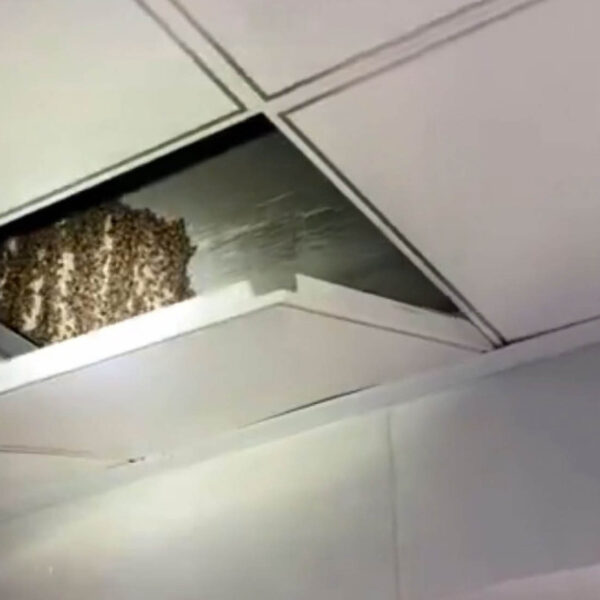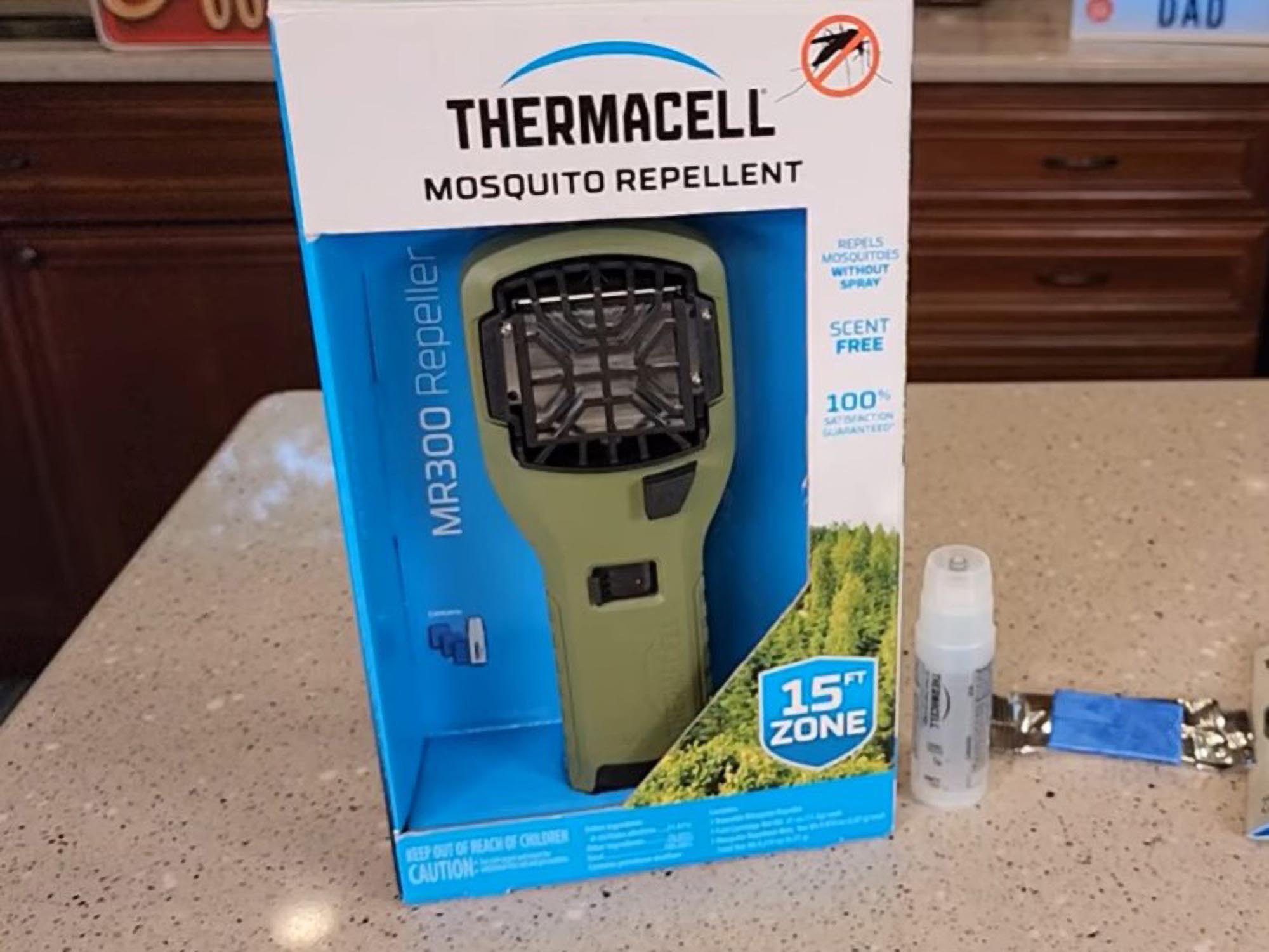A French beekeeper has offered astonishing insight into the effects the unabated spreading of the Asian hornet has on apiculture.
The Asian hornet (Vespa velutina) kills and eats honey bees. It is an invasive species widely considered an emerging threat to apiaries due to its capacity to destroy whole colonies.
Eric Coquelet – who took up beekeeping in his hometown of Greolieres in the southeastern department of Alpes-Maritimes in 1987 – told radio broadcaster Europe 1: “The constant presence of Asian hornets right in front of the entrance to the hive is causing enormous stress among the bees. They remain inside. This means their food and water supply is being cut off.”
Beekeepers in the region reportedly lost up to half of their colonies due to last summer’s heatwaves and the Asian hornet which is indigenous to Southeast Asia.
Reflecting on the past few months, Eric said: “The Asian hornets suddenly arrived in the mountainous area. I think they came from the sea and went this way after struggling to find food during the drought.”

The Asian hornet is building nests which can feature colonies of several thousand animals. The thorax of the insect – which is also known as the yellow-legged hornet – is a velvety brown or black. It has a black head and a yellow face.
Speaking about the situation in his hometown, Eric told Europe 1: “Several nests have been spotted at various parts of the village. I’ve had some on my estate too. I’m glad our local officials have introduced destruction procedures.”
The current developments had a devastating effect on Eric’s apiculture. He revealed: “I’ve lost around 100 of the 340 colonies which I had owned.”
The Asian hornet is smaller than both the European hornet (Vespa crabro) and the Asian giant hornet (Vespa mandarinia).
The body of an Asian hornet queen measures around 30 millimetres. Male animals can reach 24 millimetres while worker members of a colony measure approximately 20 millimetres.
Apart from France, the invasive species – which attacks humans if their nest is considered under threat – has appeared in South Korea, Japan and Portugal.
Dr Eric Darrouzet is an associate professor at Tours University.
The expert on social insects and chemical ecology explained: “The Asian hornet is a predator. This means that the worker members of a colony will relentlessly hunt various other insects to ensure the food supply of the grubs.”
PLEASE NOTE: This article has been corrected. The initial version incorrectly referred to the invasive species in question as the Asian giant hornet (Vespa mandarinia). However, recent developments are solely about the Asian hornet (Vespa velutina).












If you are going to continue writing “news” line this, you might want to educate yourself about the topic you’re writing about first.
The invasive species in France is the Asian hornet, Vespa velutina. The Asian giant hornet, Vespa mandarinia, is a different species which hasn’t been spotted in Europe.
Please correct the article and remove the photo of the V. mandarinia.
As far as I know, the Asian Giant Hornet (Vespa mandarinia, like the one shown in the photo) has never been recorded in France. The invasive species there is the Yellow-Legged Hornet (Vespa velutina, often just called the Asian Hornet) which is also a bee predator, but actually slightly smaller than the native European hornets.